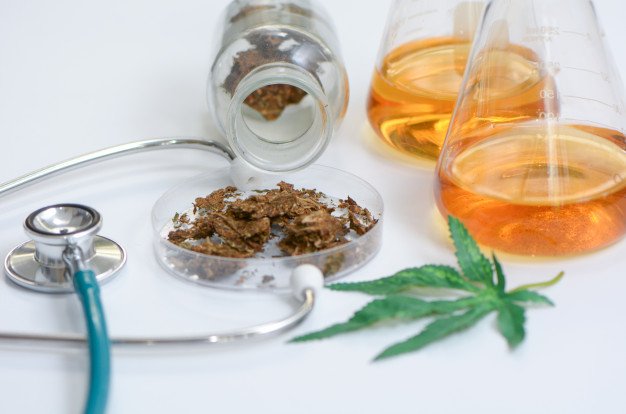Cystic acne is one of the worst kinds of acne. This is formed when a pore gets clogged by dead skin cells, sebum, and other dirt – creating a perfect breeding ground for bacteria. Cystic acne happens when these bacteria go deep into the skin to cause inflammation. It appears to be a red, tender bump that is filled with pus.
What causes Cystic Acne?
Cystic acne usually grows on the chin, cheeks, forehead, and jawline. It is caused by four main factors: clogged hair follicles, excess oil production, hormone imbalance, and bacteria. Shifts in hormones, especially in women, causes the oil gland to overproduce sebum, which blocks hair follicles and lead to acne. This may also run in the family genes – some people naturally overproduce oil, leading to oily skin. Diet also plays a significant role when it comes to cystic acne breakouts. Dairy and high-glycemic foods trigger inflammation on the skin and can speed up the formation of cysts.
Treatments for Cystic Acne:
Cystic acne forms deep inflammation and fluid-filled cysts that take a long time to heal and always leave scarring. These are red, render, and elevated bumps on the skin which can appear on your face, chest, or back. Patients with cystic acne will require treatments either with strong, active ingredients to target acne-causing bacteria or procedures that use devices that fight inflammation.
Want to learn more about cystic acne and effective treatments to get rid of them? Click here to find out more.
Laser Treatments:
Laser treatments effectively target acne-causing bacteria, reduce inflammation, and can prevent cystic acne from coming back. Acne also leaves stubborn acne scars because of lesions deep within the skin. The laser beams can target scarred areas, help break down pigmentation, and stimulate collagen production. It is absorbed by the damaged tissues or area infected by acne, this then penetrates under the skin’s surface without the heating effect and repairing the inflammation caused by acne.
Oral Antibiotics:
Antibiotics, such as doxycycline, can reduce any inflammation. It targets bacteria in and around infected hair follicles where cystic acne may start to grow. It helps reduce oil production which lessens the chance of this infection from forming.
Injections:
This infection is deep inside the pores – to treat this, you will need treatment that targets the deep infection. Steroid Injections doesn’t do anything for the pus, but it can reduce pain and calm inflammation.
Medical Skincare and Facials:
Medical grade facial acne treatments are not your ordinary face masks. This chemical peeling mask consists of active ingredients that can cleanse and exfoliate the skin from deep within. Effective ingredients found in these masks are alpha-hydroxy acids and beta-hydroxy acids together with enzymes that penetrated deep into the skin. Antibiotic creams that contain Clindamycin may also help battle acne-causing bacteria.
Some self-care remedies won’t be able to clear your acne. This is when you will need help from the specialists. They can prescribe stronger medications and procedures that can directly target the infection from deep within the skin.
Read Also:























